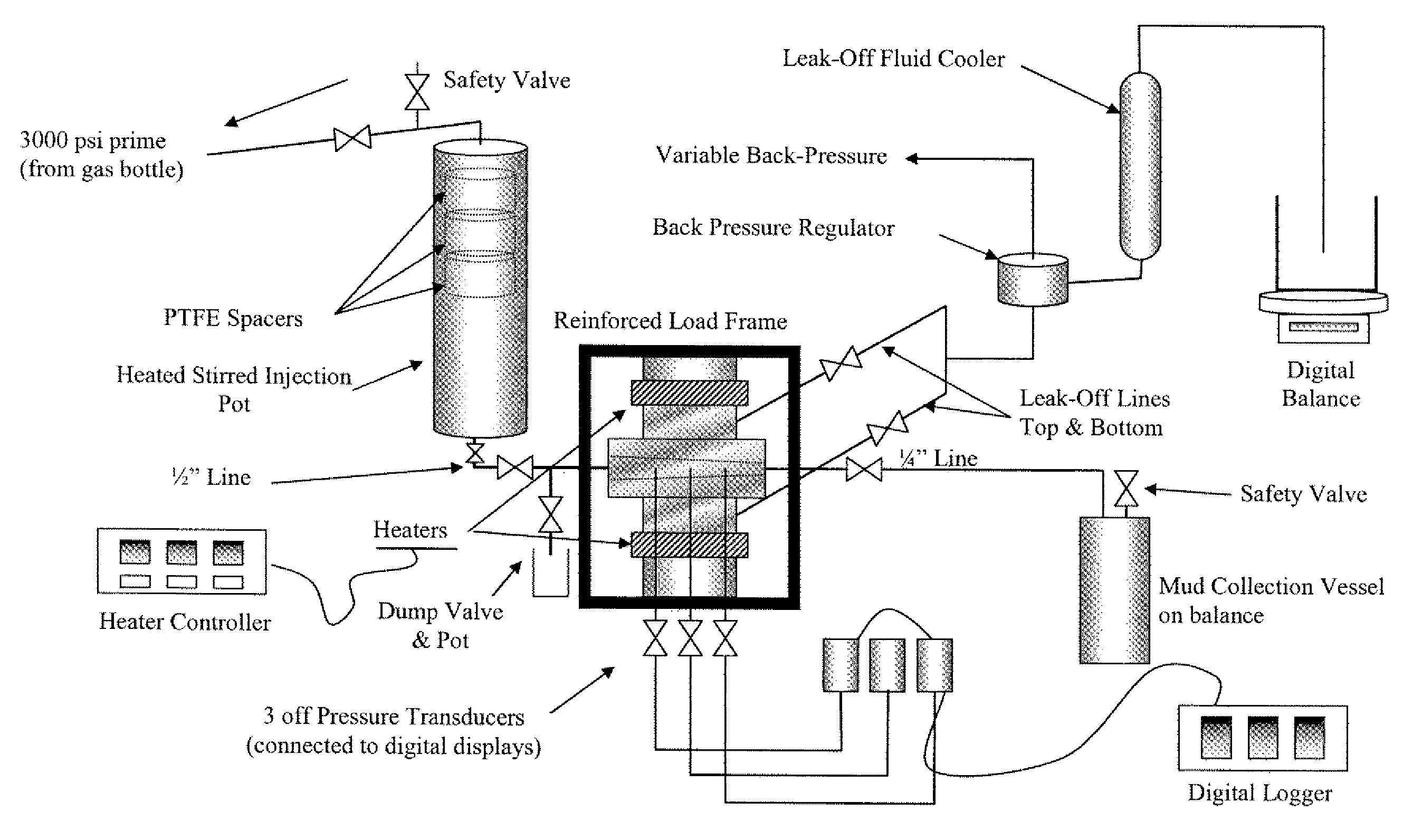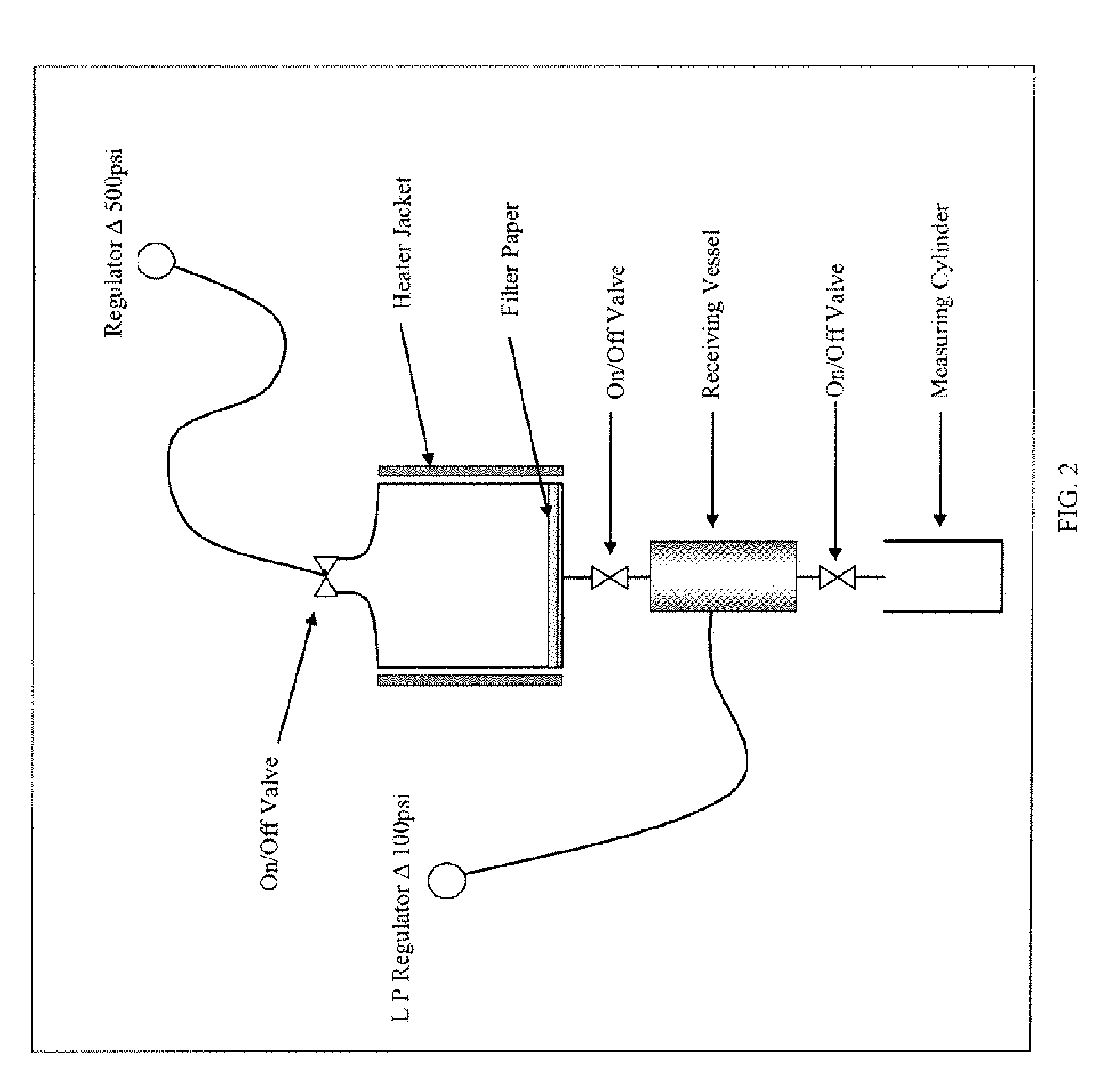Drilling fluid, drill-in fluid, completition fluid, and workover fluid additive compositions containing thermoset nanocomposite particles; and applications for fluid loss control and wellbore strengthening
a technology of thermoset nanocomposite particles and additive compositions, applied in earth drilling and mining, chemistry apparatus and processes, drilling/workover operations, etc., can solve problems such as affecting the evaluation of formations, so as to reduce pore pressure transmission, improve the evaluation effect, and improve the effect of pore thickness
- Summary
- Abstract
- Description
- Claims
- Application Information
AI Technical Summary
Benefits of technology
Problems solved by technology
Method used
Image
Examples
examples
[0097]Some non-limiting examples of preferred embodiments of the fracture stimulation method of the invention will now be given, without reducing the generality of the invention, to provide a better understanding of some of the ways in which the invention may be practiced. Workers of ordinary skill in the field of the invention can readily imagine many additional embodiments of the invention with the benefit of this disclosure.
[0098]Samples of BlacKnite™ and of a mixture containing about 15 ppb of the full size range of FracBlack™ thermoset nanocomposite particles added to BlacKnite™ were prepared at the facilities of the Sun Drilling Products Corporation, in Belle Chasse, La., USA. BlacKnite™ contains gilsonite particles, lignite particles, and carbon black particles, but lacks thermoset nanocomposite particles, and hence represents the prior art. The sample containing the FracBlack™ thermoset nanocomposite particles added to BlacKnite™ is an exemplary embodiment of the present inv...
PUM
| Property | Measurement | Unit |
|---|---|---|
| volume | aaaaa | aaaaa |
| diameters | aaaaa | aaaaa |
| sphericity | aaaaa | aaaaa |
Abstract
Description
Claims
Application Information
 Login to View More
Login to View More - R&D
- Intellectual Property
- Life Sciences
- Materials
- Tech Scout
- Unparalleled Data Quality
- Higher Quality Content
- 60% Fewer Hallucinations
Browse by: Latest US Patents, China's latest patents, Technical Efficacy Thesaurus, Application Domain, Technology Topic, Popular Technical Reports.
© 2025 PatSnap. All rights reserved.Legal|Privacy policy|Modern Slavery Act Transparency Statement|Sitemap|About US| Contact US: help@patsnap.com



